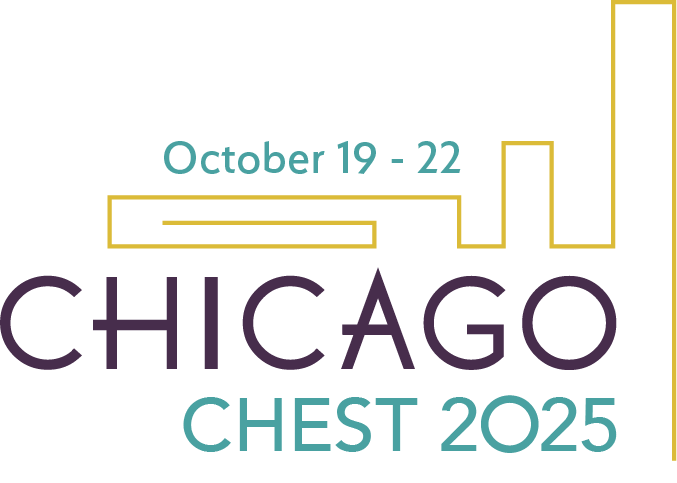
Individuals with moderate to severe OSA are at increased risk of developing severe or critical COVID-19, regardless of their adherence to positive airway pressure (PAP) therapy.
In addition, data show an independent dose-response relationship between the severity of intermittent hypoxia, as assessed by the oxygen desaturation index (ODI), and increased COVID-19 severity.
These are the key findings from a nationwide cohort study of Swedish residents that examined whether OSA raises the risk of severe COVID-19 and if that risk changes with age, COVID-19 waves, OSA severity, or PAP treatment use and consistency.
For the study published in the Journal of Sleep Research, researchers analyzed data from multiple registries to identify 1,932,081 Swedish residents with COVID-19 between January 2020 and May of 2022.1 Among them, 11,407 (0.6%) were documented as having OSA. The investigators used two measures to assess OSA severity: the apnea-hypopnea index (AHI), categorized according to standard clinical cutoffs as mild (< 15 events/hour), moderate (15 to <30 events/hour), or severe (≥ 30 events/hour); and the ODI, categorized using the same cutoffs. They defined COVID-19 severity outcome as mild (nonhospitalized), severe (hospitalized), or critical (intensive care or death) and used multinomial logistic regression to estimate conditional odds ratios (CORs), with comorbidities and sociodemographics as covariates.
The median AHI in the registered OSA group was 30.0 events/hour, and 63.9% had obesity. After adjusting for age, sex, education, and comorbidities, OSA was associated with an increased risk of severe (COR, 1.34; 95% CI, 1.25-1.43) and critical (COR, 1.25; 95% CI, 1.11-1.42) COVID-19. When stratified by PAP adherence, age, and COVID-19 wave, OSA remained a risk factor for more severe COVID-19 in both PAP-adherent and nonadherent cohorts and in those aged 40 to 60 years, but not in individuals older than 60 years or after June 2021. Meanwhile, OSA severity, assessed using the ODI, was independently associated with COVID-19 severity. The highest risks were observed in individuals with an ODI ≥ 30 (compared with ODI < 15), with CORs of 1.23 (95% CI, 1.01-1.52) for severe and 1.76 (95% CI, 1.17-2.63) for critical COVID-19.
The work “stands out for its size, rigorous adjustment for comorbidities, timing during the pandemic, and demonstration of a graded relationship between hypoxia burden and COVID-19 severity,” said Lina Miyakawa, MD, FCCP, Medical Director of Critical Care for Newark Beth Israel Medical Center, who was not affiliated with the study. “It is a great reminder that OSA is not just a sleep disorder but a systemic condition with meaningful public health implications.”
Dr. Miyakawa added that further studies are needed to clarify how intermittent hypoxia—and, conversely, sustained PAP therapy—“impacts immune and inflammatory pathways during viral infections and its effects on infection-related morbidity and mortality.”
“It also would be prudent to see this research replicated in a more diverse population to confirm generalizability beyond Sweden,” she said.
References
1. Ljunggren L, Palm A, Ekström M, et al. Moderate to severe obstructive sleep apnea is a risk factor for severe COVID-19—a nationwide cohort study. J Sleep Res. Published online May 5, 2025. doi:10.1111/jsr.70082
